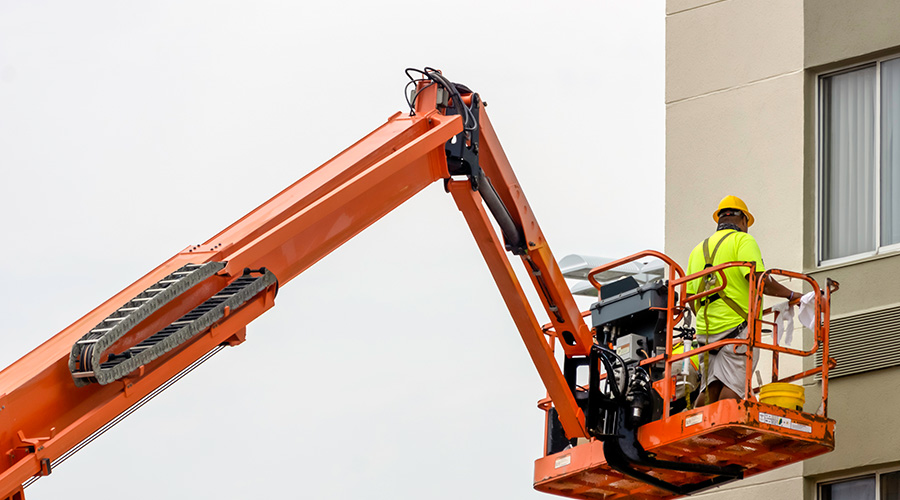CMMS and Inventory: Strategies for Identifying Key Parts
Managers can use a simple, methodical process to identify the needed spare parts for an EBOM. The first step is to identify all equipment and assess the role and intended service of each component:
- How critical is the equipment?
- Does it have more than one application?
- Will it be used all the time?
- What are the environmental conditions in which it operates?
- Is there a standby unit or a redundant system?
As part of this step, managers also will need to understand the specific maintenance requirements that are related to each piece of equipment:
- What is the equipment's failure history?
- What consumable parts will technicians use to make repairs?
- What is the industry operating experience for the equipment?
- What parts are prone to wear or abuse?
- Can technicians use higher-quality replacement parts?
- What are the manufacturer's maintenance recommendations?
The second step in the process is to use data gathered in the first step to identify needed spare parts. Managers produce a preliminary list of spares, then refine the list:
- Can technicians use sub-assemblies?
- Is the best option to repair or replace?
- Is the best option to maintain the equipment or run to failure?
After identifying those parts that will be kept on hand as spares, the inventory-control feature of the CMMS tracks and monitors the minimum/maximum levels of inventory. It also keeps track of pertinent information about the part, including its value and its relative importance to the operations, using the ABC classification method.
Putting It All Together
At this point, the real maintenance management begins. Managers can search for and understand the vital business costs by manipulating the data contained in the inventory-control module. They can check and confirm routine inventory accuracies.
They also can track parts that have not moved in hundreds of days to re-evaluate them, and they can adjust minimum/maximum levels based on actual use. On the opposite side of this issue, they can look for parts that technicians use frequently — a possible sign of a problem for which technicians will need to find the root cause.
One word of caution for managers looking to ensure the full utilization of the CMMS and the effective management of the inventory control process: Do not focus only on inventory value. This is a lagging indicator that does not reflect the pulse of the operation. Instead, managers should concentrate and work to improve the leading indicators — turn ratio, inventory accuracy, and service level.
World-class companies benefit the most when inventory accuracy and service levels are at or near 100 percent. A turn ratio of between 2.5 and 3.5 indicates the department is stocking the right parts and in the right quantities. This focus on the power of a CMMS and the attention to detail in inventory management can help managers transform their maintenance operations from cost centers to profit centers.
John L. Ross Jr. is a senior consultant with Marshall Institute Inc. — www.marshallinstitute.com — an international maintenance and reliability consulting and training company based in Raleigh, N.C.
Related Topics:













